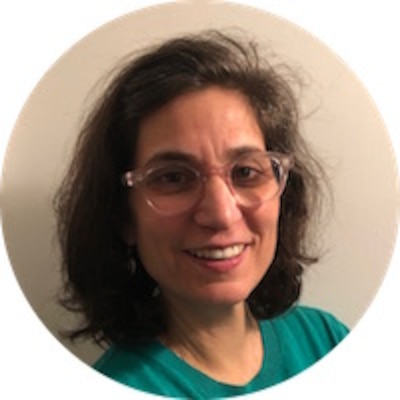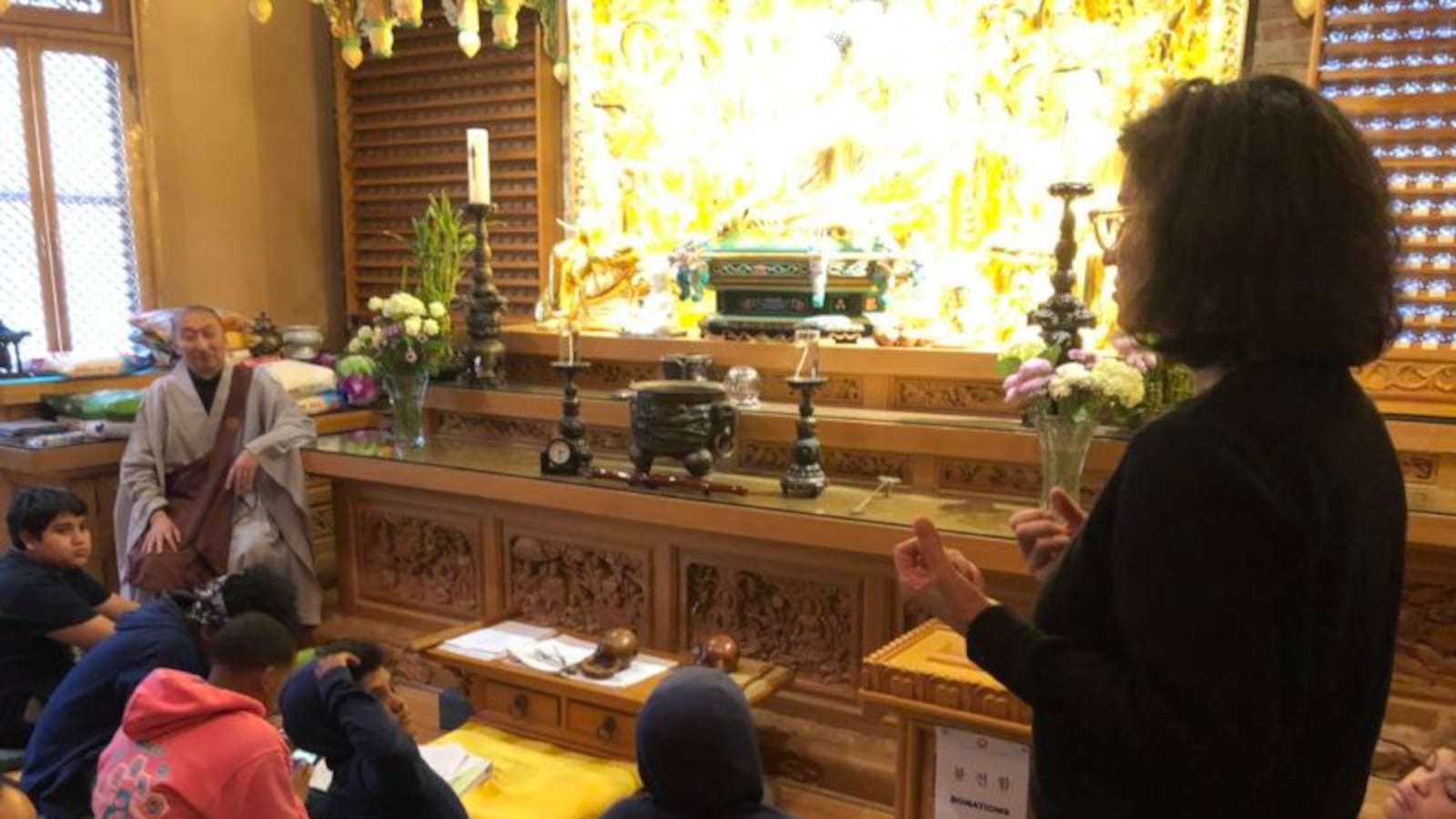I teach ninth-grade history at a public school in Williamsburg, Brooklyn, and I am very happy that New York City’s education department is creating a school curriculum aimed at combatting religious intolerance and anti-Semitism. This plan follows a wave of verbal and physical attacks targeting Orthodox Jews in and beyond Brooklyn.
Growing up in segregated neighborhoods and attending segregated schools, many of my students have limited exposure to New York City’s diverse communities. For example, they have been in close proximity to Orthodox Jews for their whole lives, but that doesn’t necessarily mean they understand what observant Jews believe or how they practice.

To be sure, any curriculum that the city adopts to curb intolerance should teach about bigotries — ancient to contemporary — and it should teach about the Holocaust and other genocides. But it should also build upon young people’s natural interest in understanding other people and cultures. In my more than 20 years of ninth-grade teaching, my students have proved eager to confront their own misperceptions as they learn that there are many different ways to inhabit the world.
To that end, I have developed a semester-long course on world religions as part of my school’s ninth-grade Global Studies. Students explore the origins and seminal texts from major religions, and they learn about how each religion is practiced in New York City. Throughout the semester students participate in a series of panel discussions, featuring, for example, a range of perspectives on a single faith. And they go on-site visits, where they see other faiths in practice and speak to community leaders.
The semester culminates with each student developing a tour of the Metropolitan Museum of Art for a family member. They find a topic that interests them — it could be power or fear or death, or something else — then guide a relative through an exploration of this topic by examining objects from the Met’s collection. The guest ideally comes away with an understanding of how three different religions interpret their chosen topic. Many parents who take these student-led tours have shared with me that they know very little about religions other than their own.
In creating the world religions course, I’ve learned a tremendous amount about building authentic religious tolerance and understanding. Here is some of what I’d urge New York City’s education department to include in its new curriculum:
Study the core beliefs of several religions, identify what they have in common and also where they diverge. Students are fascinated to learn how each religion responds to the questions that they themselves grapple with as teenagers: What does it mean to be a good person? Why is there suffering in the world? How can I overcome fear? What does my community expect of me? What happens when we die? When students understand that everyone struggles with these same big questions, they connect to — and learn from — those who hold those beliefs.
Make site visits a priority. Students benefit enormously from meeting people who practice other faiths and asking them questions directly. These interactions break down the barriers that can lead to religious intolerance. In my world religions class, my students, at various times, have met with a Buddhist monk (asking him about everything from his upbringing in Korea to his meditation practices to his assessment of New York pizza) and with Orthodox Jews of Greek ancestry, and they have observed a mid-day Muslim prayer service at a local mosque. Asking questions in person, as one of my students — a 15-year-old named Emeli — explained: These interactions give people a chance to ask questions “that articles might not include or answer.”
Provide opportunities for interfaith dialogue at school. Although most of the students where I teach identify as Christian or say they are not religious, lifting up our community’s minority voices helps us foster religious tolerance. During a recent student panel, Muslim representatives from four different countries discussed their experiences. Female students were able to share their different perspectives on wearing the hijab, an Islamic head covering that some women wear and how they negotiate these feelings personally and with their parents. I heard a lot of comments along the lines of: “Now I see their point of view and how they experience their religion,” and “Just listening to these students really changed my perspective a lot.”
Learn about the cultural achievements of different religions. New York City schools Chancellor Richard Carranza recently said, “If you teach kids about other cultures, they’re going to learn about other peoples and the wonderful contributions those people bring to this society called America.” This should be done not only through reading key texts and visiting places of worship, but also through exposure to their art. Museum visits provide interactions with some of the greatest works of art from cultures around the world. Students often like to include Hindu deities in their projects for their parents because the objects often reflect a battle of good versus evil. One favorite work at the Met shows Krishna playfully fighting a horse demon. Another work of art that my students always find compelling is this fragment of a 14th century Qur’an — exemplifying for the students the importance of the Arabic language to Muslim people.
Give students an opportunity to take ownership of what they learn. When students teach others, their connection to their knowledge deepens. When my students lead their families on a personalized tour of objects at the Met, they build a personal connection to the material and, by extension, to the faiths that they represent in their project. Students who have spent hours considering how a sculpture of the dying Buddha reflects Buddhist ideas — and how those ideas are similar or different from Jewish beliefs reflected in Old Testament stories — gain a different kind of respect for people who practice those faiths. When they share this respect with their tour guests, the opportunities for interfaith understanding are multiplied.
I expect that when my students graduate from high school, they will be on a path to take on leadership roles in their communities, business or politics. The ability to understand, and find common ground with, people who are different from them, will serve them well in their endeavors — now and into adulthood.
Jody Madell is a native New Yorker and has been working in New York City Public Schools since 1997. She teaches ninth-grade history at Lyons Community School in East Williamsburg, Brooklyn.
About our First Person series:
First Person is where Chalkbeat features personal essays by educators, students, parents, and others trying to improve public education. Read our submission guidelines here.



